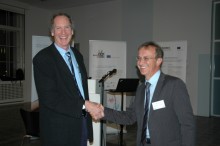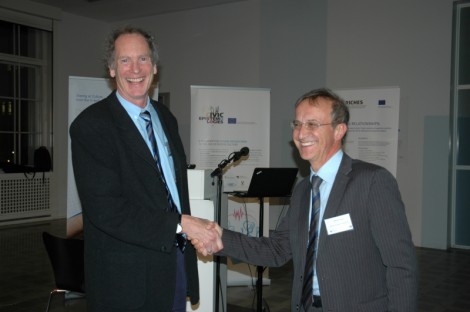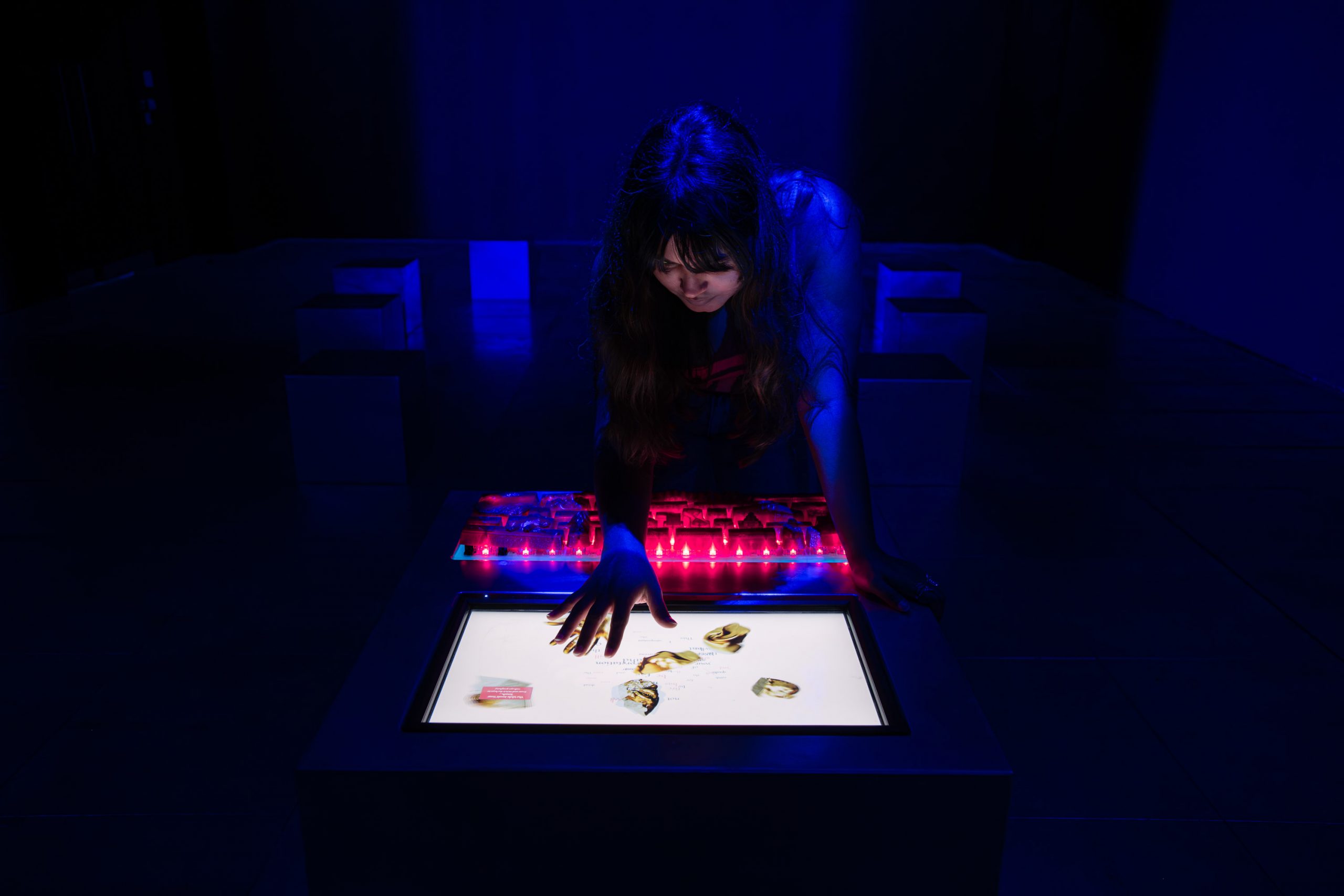The next editions of International Surrealism Now will be held in United States, Mississippi at Cullis Wade Depot Art Gallery, MSU Welcome Center; it will be in January and February and in Partícula Coimbra, next February, and Multimedia Poros Museum in Condeixa-a-Nova, Portugal 2016.
The follow artists will exhibit in United States, Mississippi at Cullis Depot Gallery located above the Mississippi State University welcome center:
American: Jay Garfinkle, France Garrido, Joe A. MacGown, K.D. Matheson, Patrick McGrath Muniz, Shahla Rosa, Olga Spiegel.
Portuguese: Santiago Ribeiro, Paula Rosa, Victor Lages, Francisco Urbano.
Video by Steve Smith
“International Surrealism Now” is a project by the surrealist painter Santiago Ribeiro, who has dedicated himself to promoting the surrealism of the 21st century, through exhibitions worldwide. The “International Surrealism Now” began in 2010 in Coimbra, when Santiago Ribeiro conceived a major exhibition organized by Bissaya Barreto Foundation. This event has been in Conímbriga celebrating the 50th Anniversary of the Monographic Museum (second most visited museum in Portugal). The show has also been in Paris with the support of GAPP – Art Gallery Portugal Presente and Liba WS, organized once again by the Bissaya Barreto Foundation and Santiago Ribeiro, and in Madrid with the support of Yamal Din. After that it went to Dallas with the support of the American surrealist artist Shahla Rosa. Lately it has been presented at the medieval Castle of Paço da Ega, organized by Rede de Bibliotecas and House Mayor of Condeixa-a-Nova
At present, the “International Surrealism Now” includes artists from 30 countries: Australia, Austria, Azerbaijan, Belgium, Brazil, Canada, Chile, China, Colombia, Croatia, Czech Republic, Spain, USA, Philippines, France, Holland, Indonesia, England, Iran, Iceland , Italy, Japan, Mexico, New Zealand, Poland, Portugal, Romania, Russia, Serbia, Slovenia, Ukraine, Vietnam.
The exhibition consists of a variety of artworks including drawing, painting, photography, digital art and sculpture.
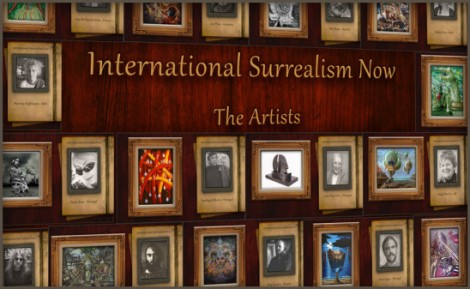
Artists: Agim Meta, Spain / Ana Neamu, Romania / Ana Pilar Morales, Spain / Anna Plavinskaya, Russia/USA / Andrew Artist Baines, Australia / Asier Guerrero Rico ( Dio ), Spain / Brigid Marlin, UK / Bien Banez, Philippines / Daila Lupo, Italy / Dan Neamu, Romania / Daniel Hanequand, Canada / Daniele Gori, Italy / Domen Lo, Slovenia / Edgar Invoker, Russia / Egill Ibsen, Iceland / Erik Heyninck, Belgium / Ettore Aldo Del Vigo, Italy / Farhad Jafari, Iran / France Garrido, USA / Francisco Urbano, Portugal / Gromyko Padilla Semper, Philippines / Héctor Pineda, Mexico / Hector Toro, Colombia / Hugues Gillet, France / Isabel Meyrelles, Portugal / Keith Wigdor, USA / Leo Wijnhoven, Holland / Leo Plaw, Germany / Liba Waring Stambollion, France / Joe MacGown, USA / Lubomír Štícha, Czech Republic / Ludgero Ludgero Rôlo, Portugal / Lv Shang, China / Maciej Hoffman, Poland / Magi Calhoun, USA / Maria Aristova, Russia / Martina Hoffmann, Germany / Mehriban Efendi, Azerbaijan / Naiker Roman Cespedes, Spain / Nazareno Affonso, Brazil / Nikolina Petolas, Croatia / Octavian Florescu, Canada / Oleg Korolev, Russia / Olga Spiegel, USA / Otto Rapp, Austria / Paula Rosa, Portugal / Paulo Cunha, Canada / Pedro Diaz Cartes, Chile / Philippe Pelletier, France / Rudolf Boelee, New Zealand / Santiago Ribeiro, Portugal / Sergey Tyukanov, Russia / Shahla Rosa, USA / Shoji Tanaka, Japan / Shan Zhulan, China / Sio SandraJaya, Indonesia / Slavko Krunic, Serbia / Sônia Menna Barreto, Brazil/ Steve Smith, USA / Stuart Grigz, UK / Svetlana Kislyachenko, Ukraine / Tatomir Pitariu, USA / Ton Haring, Holland / Victor Lages, Portugal / Vu Huyen Thuong, Vietnam / Yamal Din, Spain / Yuri Tsvetaev, Russia / Zoran Velimanovic, Serbia.


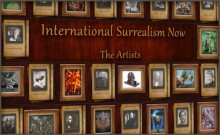
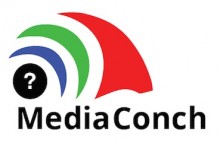
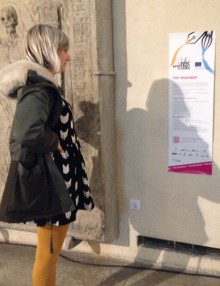
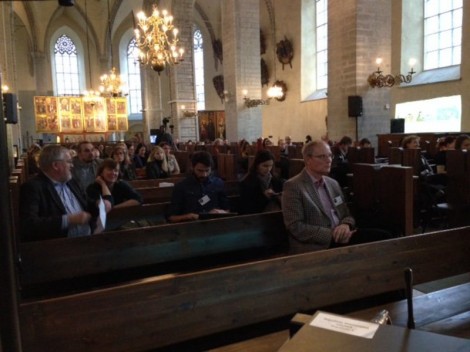 This event, organized by the Estonian Ministry of Culture, in the framework of the EC funded Europeana Space project, intended to generate new perspectives for the wider re-use of cultural heritage and contemporary practices within a framework of creative experimentation and novel dialogue between multidisciplinary sectors. Next to interesting keynote speakers and round tables, the conference focused on the lessons learnt in the development of the project’s outputs and on moving towards sustainable results.
This event, organized by the Estonian Ministry of Culture, in the framework of the EC funded Europeana Space project, intended to generate new perspectives for the wider re-use of cultural heritage and contemporary practices within a framework of creative experimentation and novel dialogue between multidisciplinary sectors. Next to interesting keynote speakers and round tables, the conference focused on the lessons learnt in the development of the project’s outputs and on moving towards sustainable results.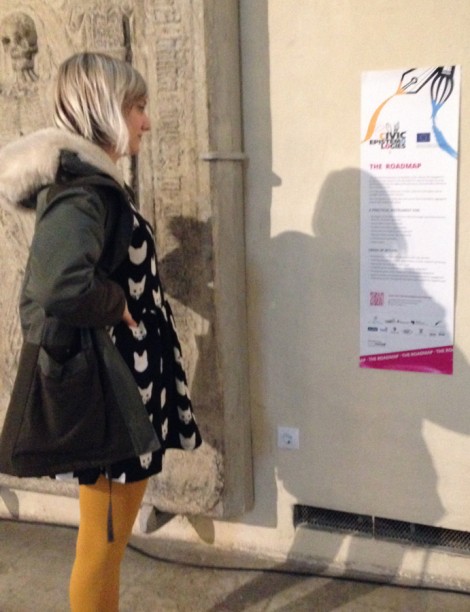
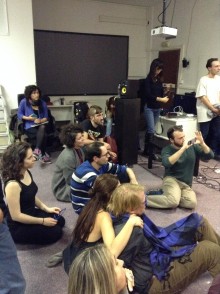
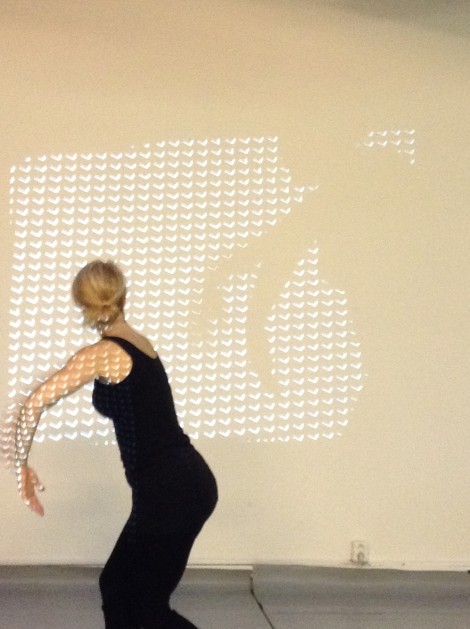 The Dance Pilot tools,
The Dance Pilot tools, 











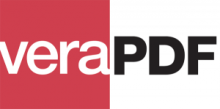
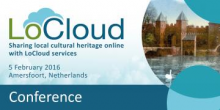
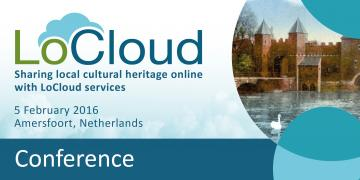
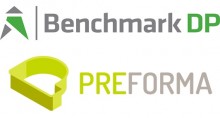
 PREFORMA (
PREFORMA (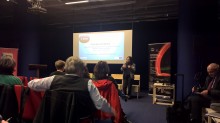
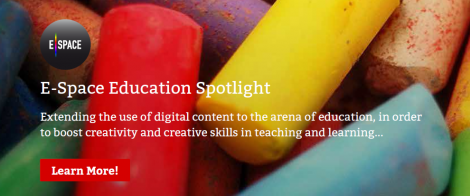



















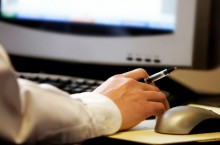
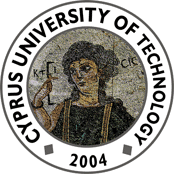 Applications are invited from candidates who possess the necessary qualifications in order to fill one (1) full time Marie Curie Early Stage Researcher (ESR) Fellow Position in the Digital Heritage Research Lab of the Cyprus University of Technology (CUT) in the research fields of 2D/3D/4D Digitalization (automated methodologies for 2D and 3D data acquisition: photogrammetry, Laser Scanning, depth camera sensors, SfM etc.), Computer Vision (Image processing, geometric invariant visual features, data-preprocessing/filtering, Pattern recognition), Computer Graphics (modeling), Metadata enrichment for tangible and intangible Cultural Heritage, Big Data and Cloud Computing applications.
Applications are invited from candidates who possess the necessary qualifications in order to fill one (1) full time Marie Curie Early Stage Researcher (ESR) Fellow Position in the Digital Heritage Research Lab of the Cyprus University of Technology (CUT) in the research fields of 2D/3D/4D Digitalization (automated methodologies for 2D and 3D data acquisition: photogrammetry, Laser Scanning, depth camera sensors, SfM etc.), Computer Vision (Image processing, geometric invariant visual features, data-preprocessing/filtering, Pattern recognition), Computer Graphics (modeling), Metadata enrichment for tangible and intangible Cultural Heritage, Big Data and Cloud Computing applications.